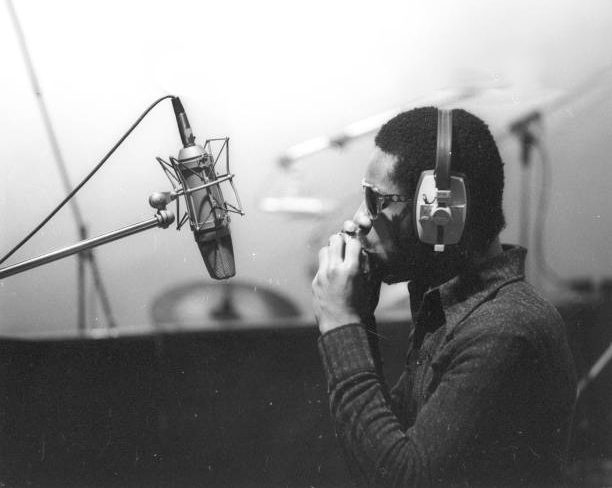It doesn’t matter who sings a song first — only who sings it best. “For Once in My Life” passed through more hands than a church collection plate before it finally landed with Stevie Wonder, who reluctantly but winningly made the song his own, creating an instant pop standard that remains one of Motown Records’ signature hits of the late 1960s.
Ron Miller and Orlando Murden wrote “For Once in My Life” in the early-morning hours of March 6, 1965. We know the exact date because the song made Miller so successful, he once appeared on daytime television’s Merv Griffin Show to tell the story of its genesis. “My wife at the time got pregnant,” Miller told Griffin. “I said, ‘Nine months from now, we’re going to have a little girl, and I’m going to call her Angel Miller, and when she’s born, I’m going to write a song for her.’” Fast-forward to Angel’s arrival nine months later: “Orlando Murden, the fellow I collaborated on the song with, had written this melody the day before. I went home, and against everything I believed in — against technique and discipline — I just wrote the song. And I came to the nursery in the morning about seven o’clock, and said ‘I got this wonderful hit song for my daughter,’ and I was singing it through the window, and they kicked me out.”
Miller (born Ronald Norman Gould in Chicago) served in the U.S. Marines and sold washing machines before joining Motown in 1963 as a staff writer. According to legend, he was playing piano in a Chicago bar when label founder Berry Gordy Jr. chanced to wander in, but investigative journalist Gerald Posner’s 2002 book Motown: Music, Money, Sex and Power reveals a much more prosaic origin story: Miller instead delivered a pizza to the hotel of Motown staff songwriter and producer Mickey Stevenson, discovered Stevenson’s identity, “and began barraging him with songs he had written.” Miller’s bluesy, Broadway-inspired compositions contrasted sharply with the prevailing Motown Sound, but Gordy was intrigued, and established a new publishing imprint, Stein and Van Stock, expressly to feature Miller’s efforts. Gordy devised the Stein and Van Stock name while flipping through the pages of the Detroit phone book: “It sounded old-line, classy and Jewish,” Gordy later recalled. (Mission accomplished: when “For Once in My Life” was first released, Billboard mistakenly called it “an old classic from Stein and Van Stock Publishing.”)
Per Motown historian Adam White, Miller and Orlando Murden first teamed for the ballad “Give Your Heart a Chance,” recorded by Wonder for his third album, 1963’s With a Song in My Heart. Murden was a boogie piano virtuoso who regularly performed at small nightclubs across the Midwest, culminating in a 1949 appearance on CBS television’s top-rated Arthur Godfrey’s Talent Scouts; how he entered Miller’s orbit is anyone’s guess, but after the two men completed “For Once in My Life,” Miller turned his focus to finding a home for the song. “Ron hustled it all over Detroit, getting every singer in local bars to include it in their acts,” Gordy writes in his 1995 memoir To Be Loved. “Within a year, most everybody in town knew it.”
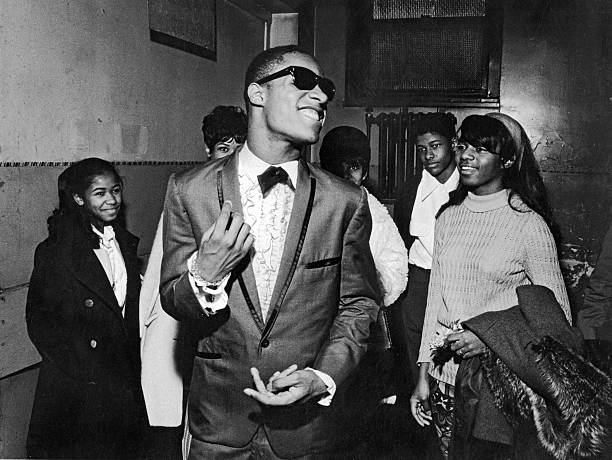
Miller and Murden initially envisioned “For Once in My Life” as a slow, earnest ballad, and the earliest documented renditions of the song, by singers Sherry Kaye (who claimed she was the very first to perform “For Once in My Life” during her time with a musical revue playing the Motor City’s Gem Theater) and Jo Thompson (the featured act at Detroit’s posh Celebrity Club), remained true to those intentions. Big band singer Connie Haynes recorded the first Motown version of “For Once in My Life” in July 1965, a session that remained unissued prior to the 2015 digital-only rarities collection Motown Unreleased 1965. Jack Soo, the Japanese-American actor best known for his portrayal of Detective Nick Yemana on the classic ABC sitcom Barney Miller, also signed to Motown in 1965, and later revealed he was the first male artist to record “For Once in My Life.” (As of this writing, Soo’s rendition remains locked somewhere in the deepest recesses of the Motown vaults.)
Miller continued tinkering with “For Once in My Life,” in 1966 cutting a demo version with jazz and R&B singer Jean DuShon. Chess Records’ Cadet imprint released DuShon’s rendition as a single in October 1966, its label awarding all songwriting credit to Murden; however, after Detroit radio station WXYZ made “For Once in My Life” its Pick Hit of the Week, Berry Gordy discovered that Miller co-wrote the song, and had recorded it with DuShon in violation of his Motown contract. “Berry Gordy stopped radio stations from playing it,” wrote jazz bassist-turned-talent manager John Levy in his 2000 book Men, Women and Girl Singers, and his client DuShon angrily dropped “For Once in My Life” from her nightclub act. Some sources indicate that Gordy wanted the song for singer and actress Barbara McNair, the recent Motown signing whose Frank Wilson-produced rendition first appeared on the 1966 LP Here I Am; from there, “For Once in My Life” resurfaced in mid-1967 via The Temptations in a Mellow Mood, with baritone singer Paul Williams taking lead vocal duties. Williams made “For Once in My Life” his showcase number during the Tempts’ live appearances, and he delivered a powerfully emotional performance of the song as part of 1968’s TCB, the Motown-produced NBC television special co-headlined by Diana Ross and the Supremes.
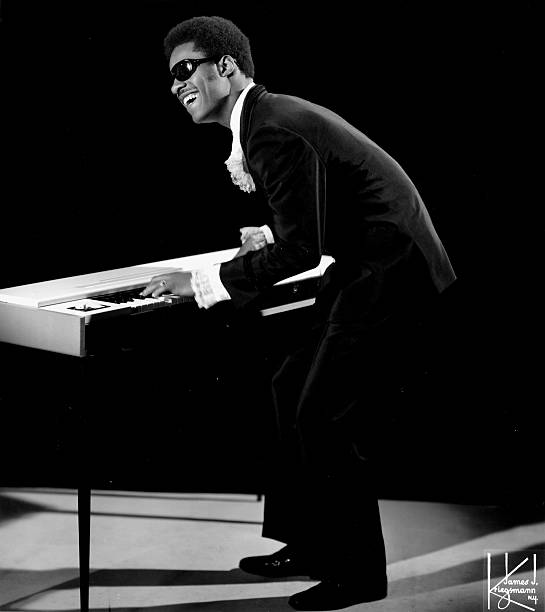
“For Once in My Life” is now the Motown catalog song most often covered by Motown artists: The Four Tops, Martha and the Vandellas, Smokey Robinson and the Miracles, Kiki Dee, Sammy Davis Jr. and Gladys Knight and the Pips all cut versions for the label, among many other lesser-known acts. But “For Once in My Life” first charted thanks to Columbia Records jazz crooner Tony Bennett, who recorded the song in July 1967 at New York City’s CBS 30th Street Studio and made it the title track of his latest album, released that December. Bennett’s version peaked at number 91 on the Billboard pop singles chart and climbed to number eight on the publication’s Easy Listening countdown, but according to 1988’s The Good Life: The Autobiography of Tony Bennett, it also signaled the beginning of the end of his Columbia tenure. Bemoaning the label’s indifference to his first holiday LP, Bennett writes “That Columbia didn’t put any effort into promoting Snowfall was hardly a surprise. ‘For Once in My Life’ had been my last hit single, and by 1967 it seemed that the company was ready to wash their hands of me. I was still making records for them, but they weren’t doing much about trying to sell them.” Bennett retained an obvious affection for “For Once in My Life,” however, and continued performing it in concert for decades to follow.
“For Once in My Life” finally crossed paths with Stevie Wonder in the summer of 1967. Wonder, the boy genius who signed to Motown at just 11 years old, was now 17, and his recording career was entering a new, more mature phase. He scored his first number-one record four years earlier with “Fingertips,” a raucous instrumental written by his mentors Clarence Paul and Hank Cosby, the latter a founding member of Motown’s nonpareil studio crew the Funk Brothers and by 1967 the staffer most responsible for supervising the label’s studio operations. According to a 1977 radio series on Wonder headlined by BBC Radio 1’s Stuart Grundy, Cosby — who previously co-wrote and co-produced Wonder’s “Uptight (Everything’s Alright)” and “I Was Made to Love Her” — suggested Wonder tackle “For Once in My Life,” accelerating the tempo compared to previous renditions.
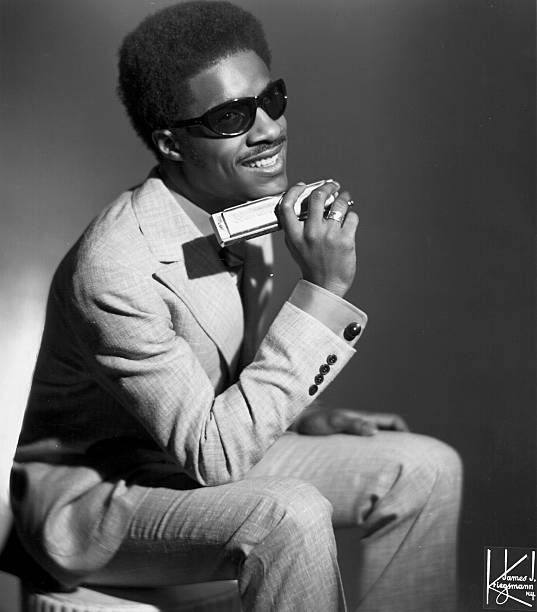
“I said ‘Stevie, I love this song, and I think it hasn’t been recorded properly, because everybody sings the song like they’re dying [or] they’re crying — like they’re hurting. I thought ‘You’re supposed to be happy! You found somebody who loves you,’” Cosby told Grundy. “I said to Stevie, ‘Why don’t you try to see if you can put some life into the song.’ ‘Oh, Hank, I hate that song!’ We discussed it, and to please me he started playing and singing, and I turned the tape recorder on. When he stopped, I said ‘What about that?’ and he said ‘Well, that wasn’t too bad.’ He played it again, and I played it back for him. ‘How about that, Stevie?’ ‘That wasn’t too bad.’ So we recorded the song, and I thought it came out great — so much fire, so much feeling — but when Ron Miller heard I had jazzed the song up, he went crazy! He went berserk! He said ‘What have you done to my song?! Oh my god!’ So the song laid on the shelf for one year. Nobody liked the song but Stevie and I. But anyway, [Motown] finally released the song, because there was no product on the shelf. As soon as the song was out, we knew it was a hit. Automatic hit. Straight to the top. [Miller] said ‘Oh, yes, I knew it all the time.’ He loved it after that.”
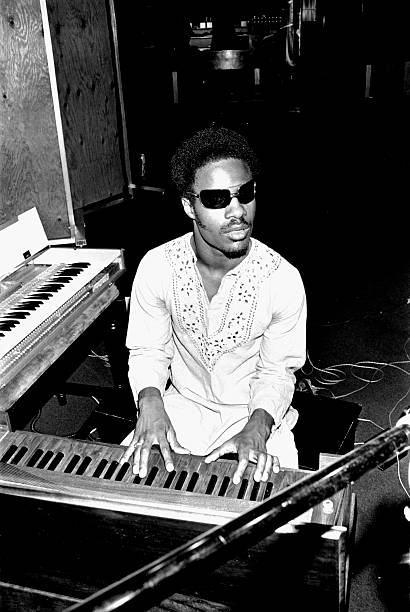
What’s not to love? Cosby’s instincts were resoundingly correct: Wonder’s innate energy and joy transformed “For Once in My Life,” making it the song it was always meant to be. Sure, Miller’s mawkish, phoenix-rising lyrics aren’t exactly the most seamless fit for a 17-year-old kid (although Wonder would later author “Isn’t She Lovely” in honor of his own newborn daughter). Murden’s winsome melody is tailor-made for the Funk Brothers, however, and they speed up and stretch out “For Once in My Life” with relaxed confidence and tireless imagination. (Pay special attention to Funk Brothers bassist James Jamerson’s improvisational brilliance: no two bars of “For Once in My Life” feature the same notes.) And last but not least, the pièce de résistance: Wonder’s dazzling harmonica solo, performed on a C chromatic Hohner Super 64 — a Toblerone bar-sized instrument that leverages a button-activated sliding bar to redirect air from the hole in the mouthpiece to the desired reed-plate, and which by all accounts is as technically complex and difficult to master as the preceding text suggests.
When Motown finally released Wonder’s “For Once in My Life” on Oct. 15, 1968 — an achievement Posner’s book credits to the tireless cheerleading of Billie Jean Brown, head of Motown’s Quality Control department — the single rocketed to number two on Billboard’s pop and R&B charts, boosted by an electrifying live performance on the Dec. 15, 1968 installment of CBS’s venerable variety showcase The Ed Sullivan Show. It was held out of the top spot on both Billboard countdowns by another record vetoed for release by Berry Gordy Jr.: Motown label mate Marvin Gaye’s “I Heard It Through the Grapevine.” Wonder unexpectedly resurrected “For Once in My Life” in 2006, teaming with none other than Tony Bennett to record a ballad version for Bennett’s album Duets: An American Classic. This new recording received a Grammy for Best Pop Collaboration with Vocals; during the awards telecast, Wonder dedicated the victory to his mother, who died in 2006, while Bennett thanked his sponsor — big-box retail chain Target.
Wonder also reunited with Ron Miller in the months after “For Once in My Life” hit, with 1969’s “Yester-Me, Yester-You, Yesterday” and 1970’s “Heaven Help Us All” both reaching the Top Ten. Miller scored a number one hit in 1973 when Diana Ross recorded his “Touch Me in the Morning,” written with Michael Masser. Miller’s last major Motown hit, one-named diva Charlene’s sweeping “I’ve Never Been to Me,” which he wrote with Kenneth Hirsch, barely registered during its original 1977 release. But when Tampa disc jockey (and former Motown employee) Scott Shannon began playing the song during his WRBQ-FM broadcasts to overwhelmingly positive demand, Motown re-released the single in February 1982, and Miller enjoyed another international smash.
“Miller’s success as a songwriter broke all the rules,” wrote The Guardian’s Garth Cartwright following Miller’s 2007 death. “He was white and wrote songs in a show tunes style, yet entered the music industry as a staff songwriter for Motown, and gave Wonder several of the songs that would establish him at the forefront of Black American music. Miller’s ability to write songs that relied on epic emotional delivery meant that when the right song and singer were paired, the appeal crossed generations and races.”
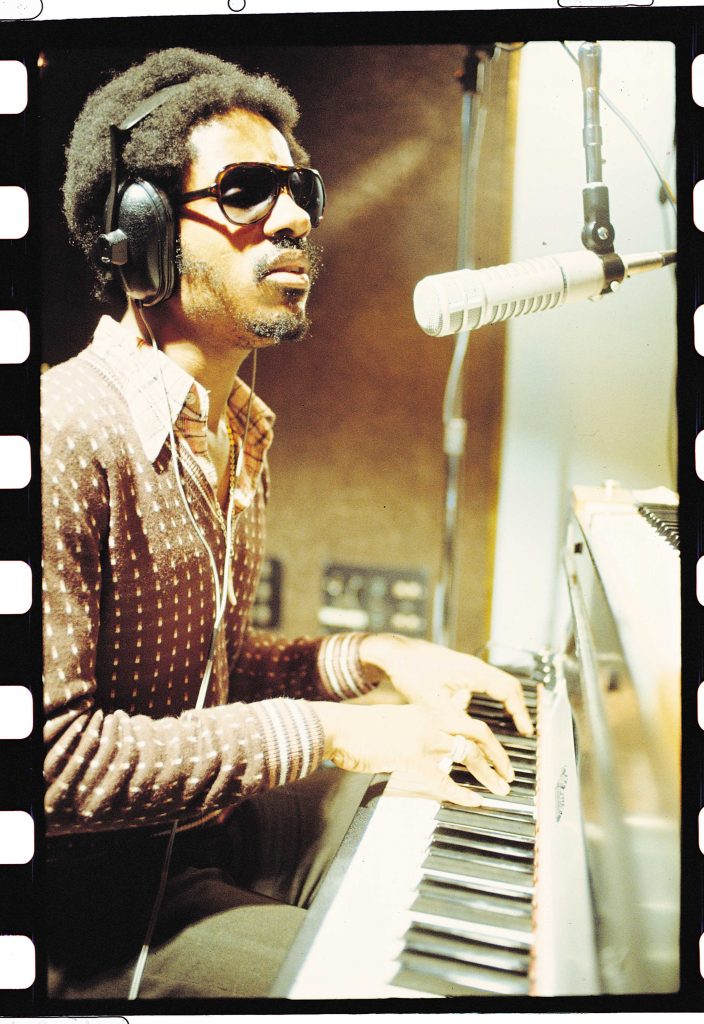
For Once in My Life (KORD-0021)

